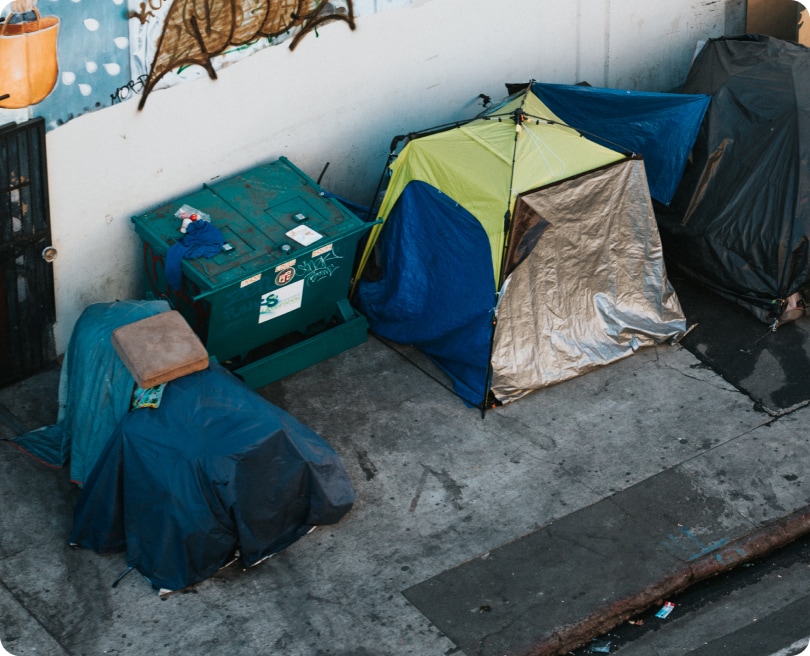Housing & Homelessness
Many alumni of care struggle to find permanent, affordable stable housing.
The child welfare system is sometimes described as a highway to homelessness. An estimated 20 percent of young adults who are in care become homeless the moment they’re emancipated at the age of 18. And nationwide, 50% of the homeless population spent time in foster care.
Foster care is designed to provide temporary housing and care for children and adolescents until they can be either reunited with their family, taken in by relatives, adopted, or emancipated as an adult. Too often, however, youth that pass through the foster care system fail to find permanent homes, transitioning from one living situation to another.


Youth still in foster care at the time of their 18th birthday (21st birthday in some states) are “emancipated,” or released shortly after reaching the age of majority. With little or no money to support themselves and often with no family members to turn to, many find themselves without a permanent place to live.
That may look like couch surfing, sleeping on public transportation, or sleeping in vehicles — all common occurrences for constituents of the child welfare system. Housing instability often has a domino effect and makes it more difficult to complete higher education, maintain stable employment, or manage the stress, trauma, and mental health impacts that go hand-in-hand with homelessness.

NFYI IN ACTION
Foster care should be a beacon of hope. Instead, it too often leaves young adults with no place to live and no hope of escape.
That’s why NFYI has made affordable housing and homelessness a signature issue we’re working to address with current and former foster youth and local and national decision makers. In Los Angeles County, NFYI members worked alongside community partners to mobilize the foster youth around Proposition HHH, a $1.2 billion bond to more than triple L.A.’s annual production of supportive housing and help build 10,000 units for homeless Angelenos. Voters overwhelmingly approved HHH in 2016, and the city appointed an NFYI member to a citizens’ oversight commission to help implement HHH effectively.
Foster Youth Facts & Figures:


An average of 1 out of every 4 youth in foster care will become homeless within 4 years of aging out of foster care

Approximately 25% of former foster youth experience homelessness within 4 years of being emancipated from the foster care system.

550,000 youths experience homelessness
Your voice matters. Help us make a change.


